Speed Categories: From Relaxed Cruises to High-Speed Thrills
We can generally put underwater scooters into a few speed categories:
The Relaxed Cruiser (Recreational/Entry-Level)
These are the most common types you'll find for fun in pools, snorkeling trips, or easy dives. They're made to be simple to use and help you look around without getting tired. Their speed is usually in the range of 2 to 4 miles per hour (about 3 to 6 km/h). To give you an idea, this is roughly twice as fast as a typical person swims. It's perfect for gliding along, enjoying the view, and covering a bit more area comfortably.
The Enthusiast's Explorer (Professional/Mid-Range)
If you're a more serious diver who wants to cover longer distances or navigate gentle currents, these scooters offer more power. They typically go between 4 to 6 miles per hour (about 6 to 9 km/h). This speed is great for exploring larger dive sites or keeping up if there's a mild flow in the water.
The High-Speed Adventurer (High-Performance/Commercial)
These are the fastest and most powerful underwater scooters available. They're used for more demanding tasks like underwater research, professional filming, or even by rescue teams. These can reach impressive speeds of 8 to 10 mph (about 13 to 16 km/h), and some very specialized models can push past 15 mph (25 km/h)! These are built for speed and efficiency when you need to get somewhere fast underwater.
Related reading: How Deep Can Your Adventure Go? Understanding Underwater Sea Scooter Depth Ratings
What Affects How Fast You Go Underwater?
A few other things play a big role in your actual speed in the water:
The Motor's Power
Just like a car engine, a more powerful motor means the scooter can generate more thrust to push through the water faster.
The Battery
The battery provides the power to the motor. A stronger battery can often deliver more power for higher speeds, but remember, going faster uses up battery power much quicker!
How It's Shaped
The more streamlined the scooter's design, the less resistance it faces from the water. Think of how a sleek sports car is shaped compared to a big truck – the same idea applies underwater!
You!
How you hold onto the scooter and how you position your body in the water makes a difference. The more streamlined you are, the less drag you create, and the faster you'll go.
The Water Itself
Swimming against a current will definitely slow you down, even with a scooter! Water density and temperature can also have a small effect.

Speed Modes: Choose Your Pace
Many underwater scooters offer multiple speed modes, allowing users to switch as needed. This not only adapts to different activity needs but also helps manage battery life. For example:
- Low Speed Mode: Slower speed, suitable for long cruises, observing marine life, or underwater photography, to maximize battery life.
- Middle Speed Mode: Provides moderate speed, balancing movement efficiency and battery consumption, suitable for exploring medium distances.
- High Speed Mode / Turbo Mode: Provides maximum speed, used for fast movement, countering strong currents, or experiencing the thrill of "speeding" underwater, but consumes battery fastest.
FAQs
Q: What is the average speed of a typical underwater scooter for fun or snorkeling?
- Most recreational or entry-level underwater scooters go between 2 to 4 miles per hour (about 3 to 6 km/h). This is a comfortable speed for exploring and is roughly twice as fast as swimming.
Q: Are faster underwater scooters always better?
- Not necessarily for everyone. While faster scooters are great for covering long distances or dealing with currents, they are usually more expensive and drain the battery much faster than slower models. The best speed depends on what you plan to use it for (casual fun vs. serious diving).
Q: Besides the scooter's power, what else affects how fast I can go underwater?
- Several factors matter, including the scooter's design (how streamlined it is), your body position in the water (reducing drag helps!), the battery level, and whether you're going with or against any water currents.
Faster Isn't Always the Best Choice for Everyone
While the idea of zooming through the water at top speed is exciting, the right speed for you depends on what you plan to do. For simple fun and exploring close to the surface, a recreational scooter with a moderate speed is usually perfect and more affordable. If you're a serious diver with specific needs, then investing in a faster, more powerful model might be necessary. Just remember the trade-offs: higher speed often means a shorter battery life and a higher price tag.
Ultimately, underwater sea scooters open up incredible possibilities for exploring the underwater world. Knowing their speed capabilities helps you choose the right tool for your own aquatic adventures!
Featured Articles:
- How Deep Can Your Adventure Go? Understanding Underwater Sea Scooter Depth Ratings
- A Beginner's Guide to Underwater Sea Scooters: Types and Uses
- How Stable Are Underwater Sea Scooters?
- Are Underwater Scooters Safe for Kids?
- Complete Guide to Sea Scooter Maintenance: Maximizing Performance and Longevity
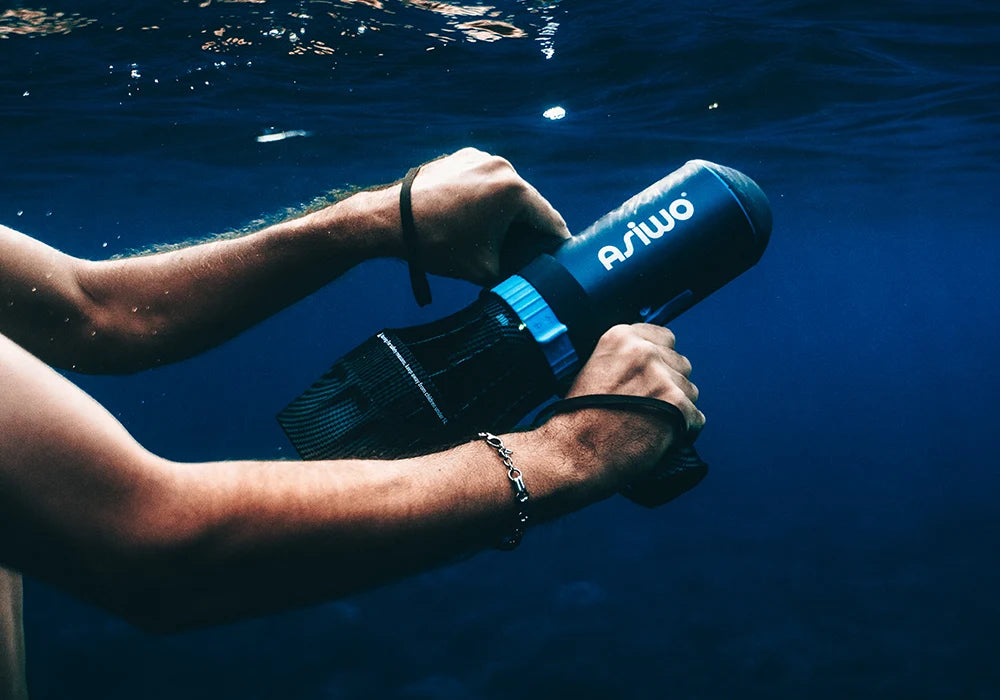




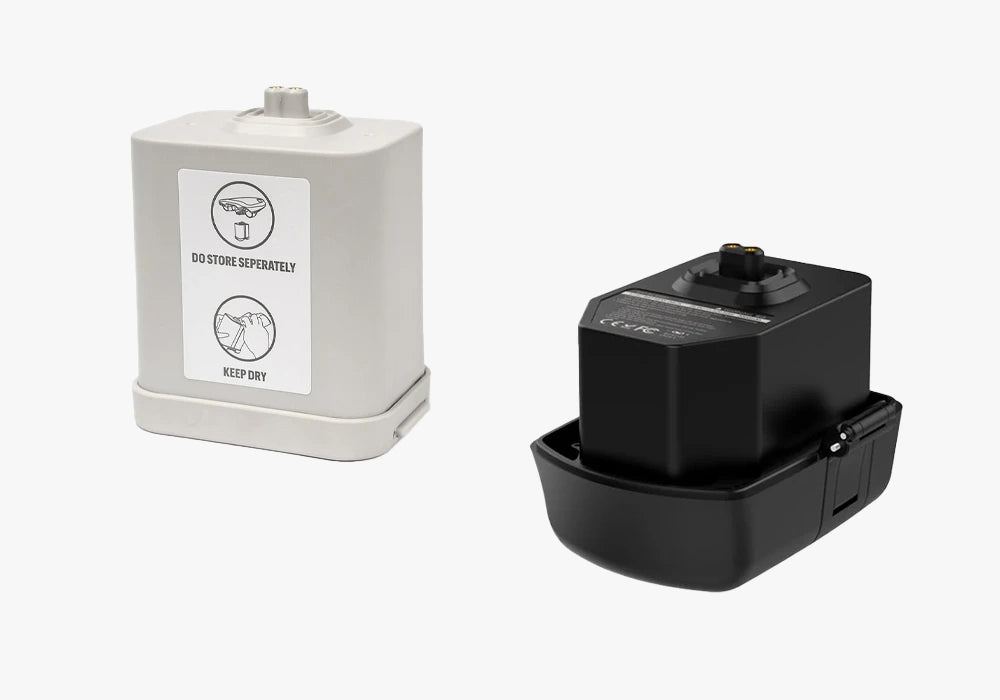




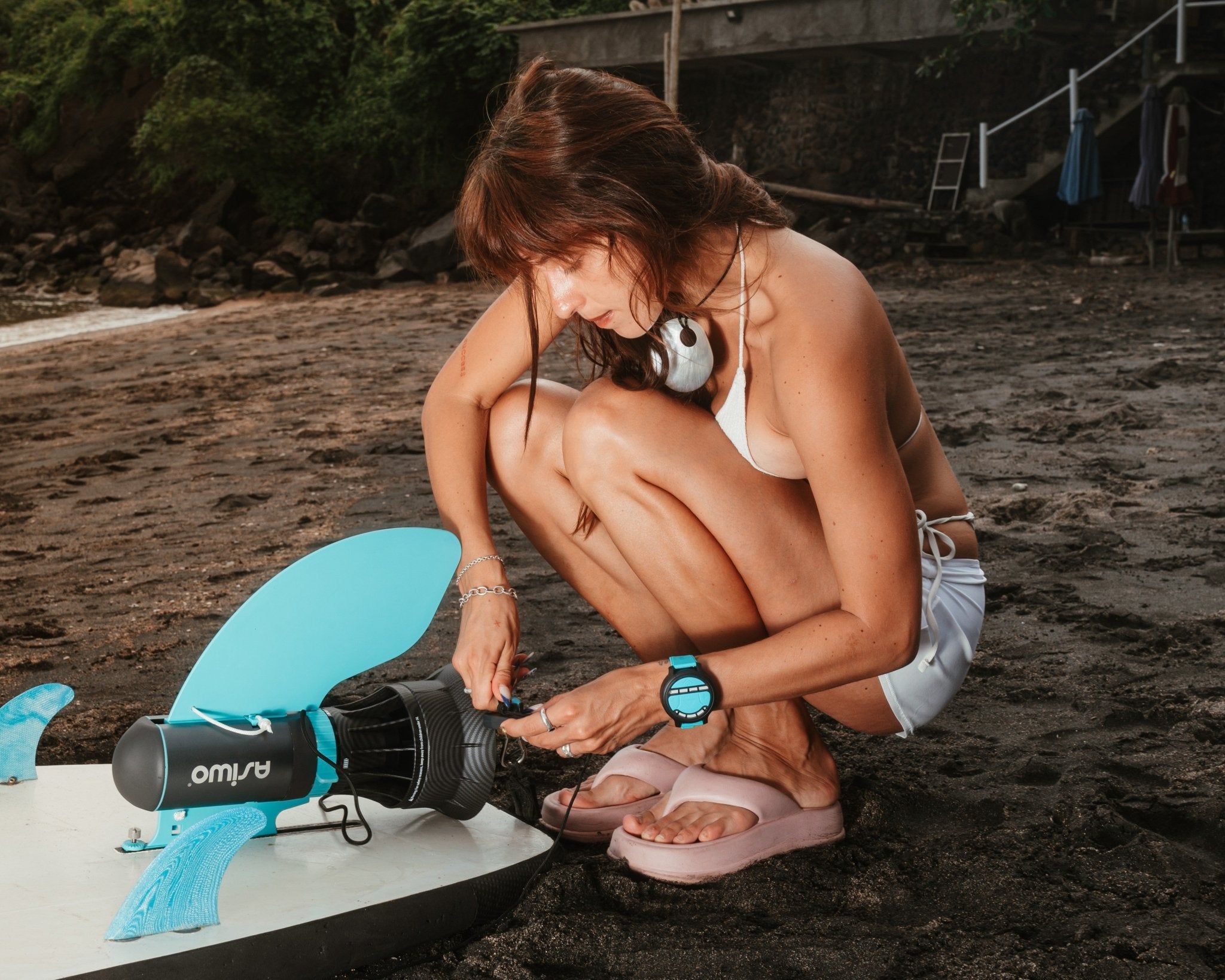
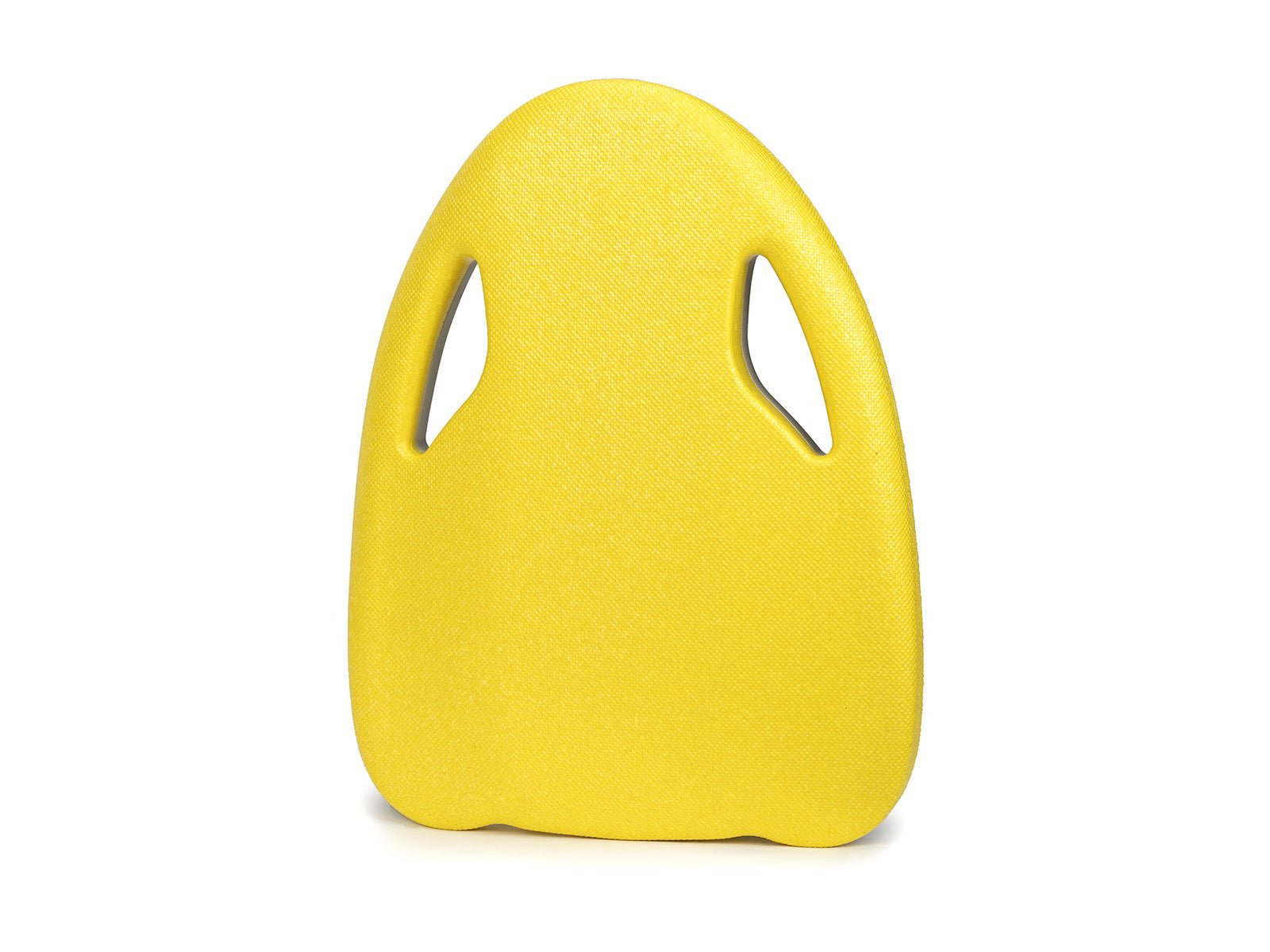
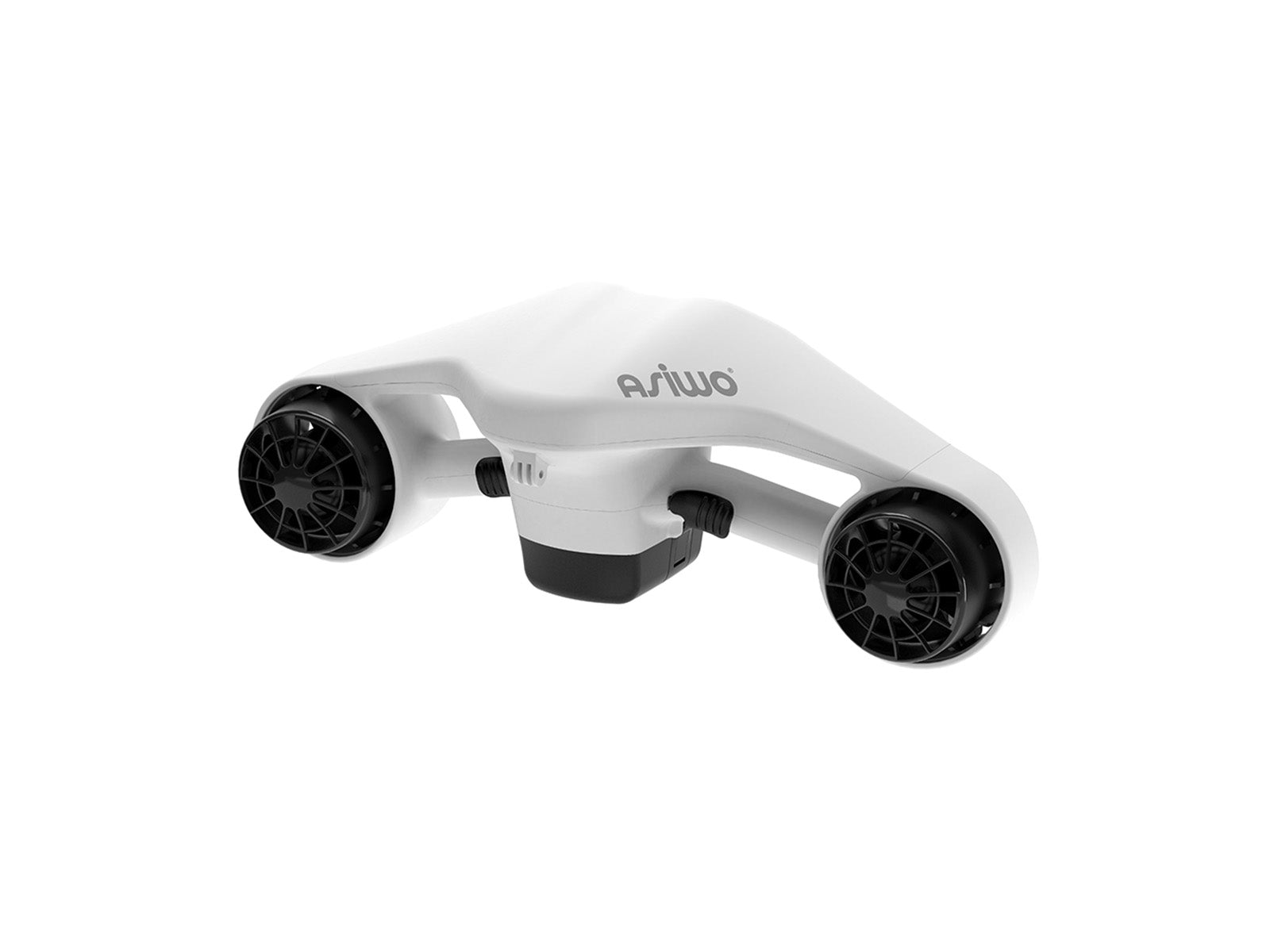
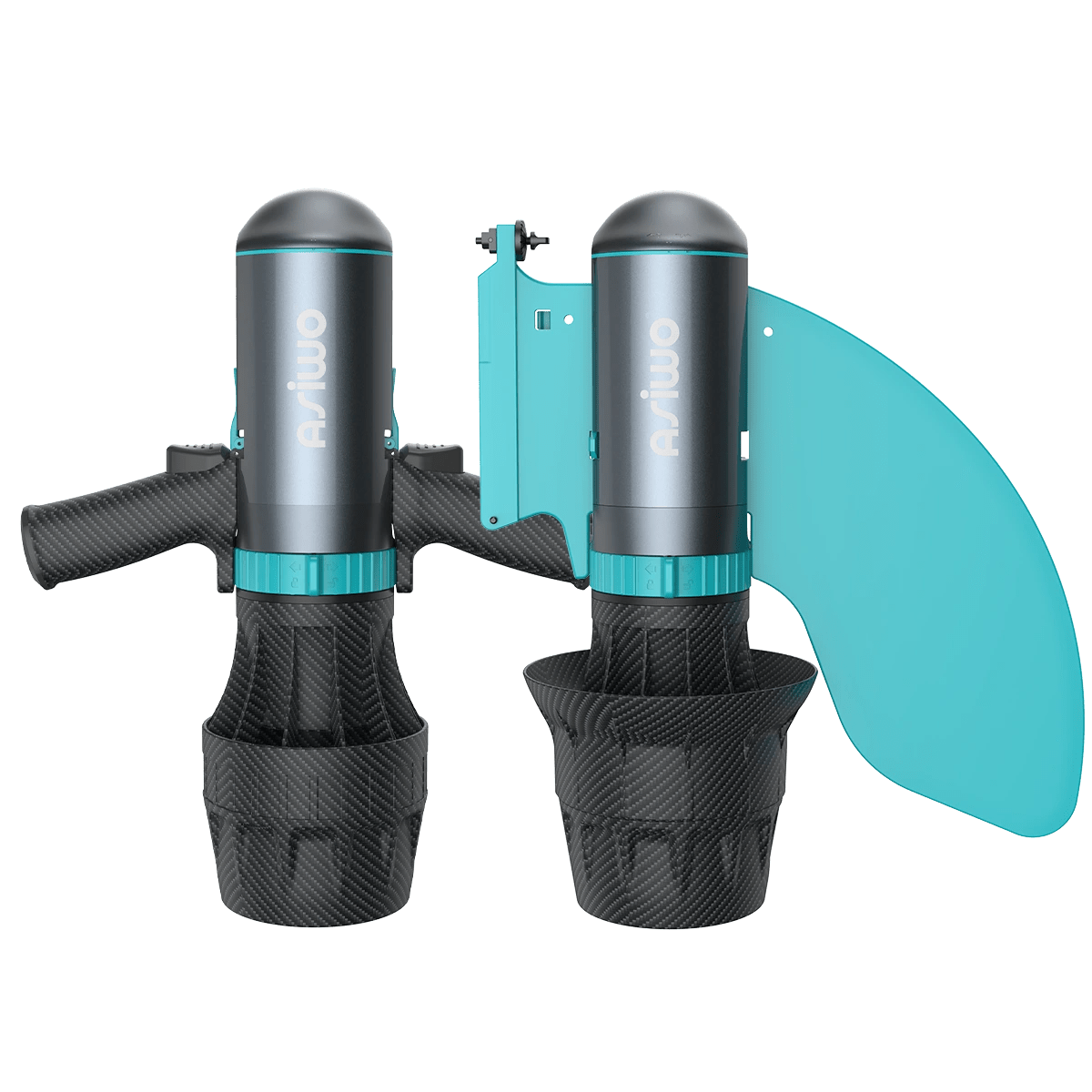




Leave a comment